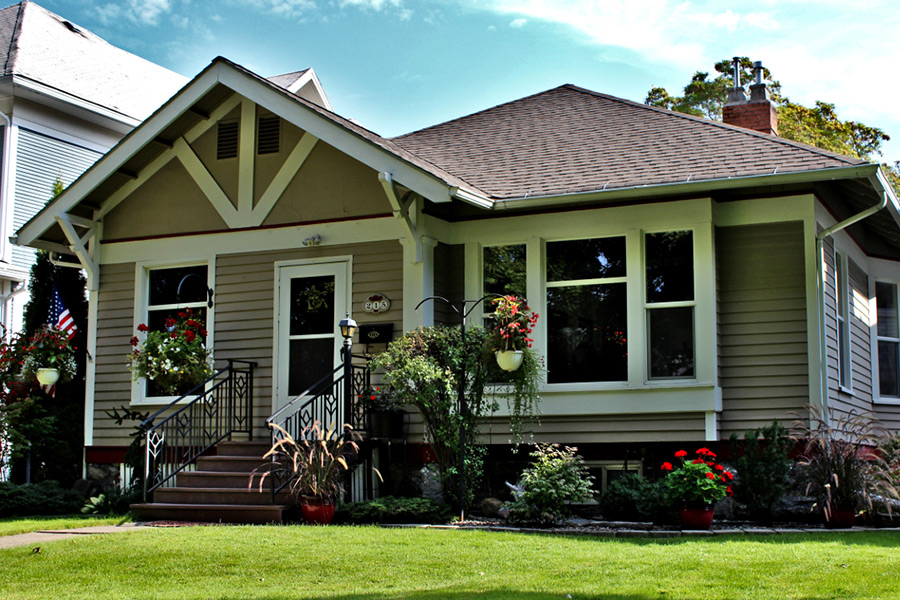Historic homes can seem peculiar – peculiar in their styling, and peculiar in their history. And the Jacoby House at 215 Fifth Ave. E. has merits in both regards.
When thinking of minorities throughout history in the Flathead Valley, several seem to immediately come to the fore: the Scandinavians, the Italians, the Chinese, and the Japanese. Yet it takes a bit more discovery to recognize another group that played an important role in the early development of the Flathead Valley: those of Jewish faith.
Indeed, the Flathead Valley had a relatively small, but notable Jewish community. One of its earliest and most prominent members was Phillip Jacoby, who arrived to Kalispell in 1891, the same year the town was founded. A year later, at the age of 22, Jacoby had his own jewelry and optical business.
Jacoby prospered and in 1898, he founded the Kalispell Steam Laundry with his business partner, William Bowen. Meanwhile, his shop at 102 Main St. in Kalispell, where he worked as a jeweler, watchmaker, and optician, continued to succeed (he later kept shop at 28 E. Second St. and at 209 Main).
At the turn of the century, Jacoby had fostered an odd relationship with all things elk. He adapted his business to cater to the local market, including sportsman as he advertised services for mounting elk teeth and crafting elk hooves. Jacoby was also a “Pioneer of Elkdom” – that is, he was a charter member of the Kalispell Elks Lodge #725. The Elks charter from 1901 serves as a veritable “who’s who” of early Kalispell business leaders. Jacoby evidently kept good company with the likes of other prominent men of the era, including George F. Stannard, A.D. Macdonald, Christ Best, Harry C. Keith, et al.
Consequently, in 1908, Jacoby could afford to build his own home, in a manner that suited his own fancy. The house evidences an important architectural style, perhaps best described as “I’m building my house, my way” (sometimes referred to as the “vernacular style”). Indeed, much like his custom jewelry, the style of the home was a creative blend of Jacoby’s ideas, borrowed mostly from the American Craftsman Bungalow and Cottage styles, with general elements from the Arts & Crafts movement as well.
Jacoby lived in the home with his sister, Rosalie, until 1915, when they both moved to Great Falls. Since then, the house has experienced some of the typical Kalispell transformations.
For example, the original open front porch was enclosed – borrowing from two of Kalispell’s most popular styles: the Tudor-Revival style (the white, half-timbering) and the Craftsman style (the brackets protruding from under the roof eaves). Likewise, only a relative few Kalispell residences avoided having a garage attached, or their carriage house transformed to accommodate an automobile. The Jacoby House was no different, and a garage was attached sometime after 1950 (as WWII came to an end, and the automobile proved to be a mainstay).
Yet, fortunately, like many other historic Kalispell homes, the house inexplicably retained its original footprint and stature. It has kept the shape of its original, low and wide, hipped roof. And it still harks to its original exterior with its clapboard siding, wide trim, and bracketed eaves (how such homes survived the “bigger is better” fad is perhaps a mystery, for which we should be thankful).
So while the style of the Jacoby House may defy textbook definitions of style, and was designed by a prominent leader of one of Kalispell’s seemingly forgotten communities, it is peculiarly very much a typical, “Kalispell-vernacular” home.
Jaix Chaix appreciates history and architecture. Share ideas and facts with him at [email protected] or at facebook.com/flatheadvalleylandmarks.
